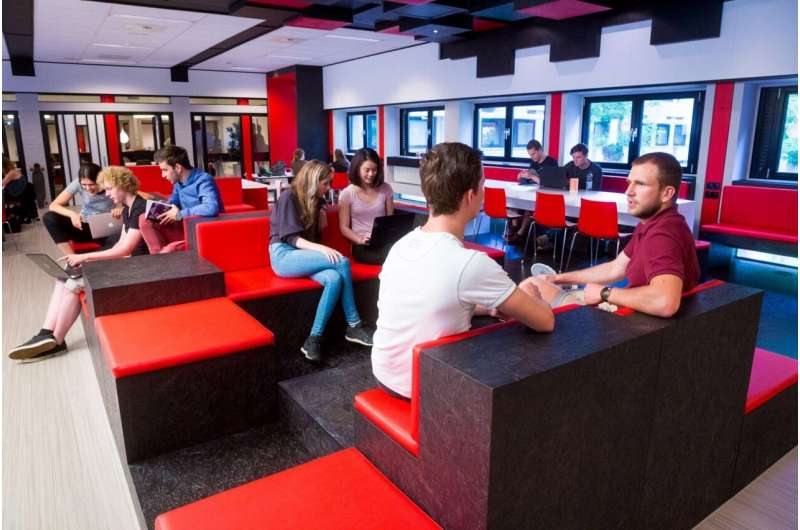This article has been reviewed according to Science X's and . have highlighted the following attributes while ensuring the content's credibility:
fact-checked
trusted source
proofread
Creating communities with blended learning

Linlin Pei, together with her supervisors Cindy Poortman, Kim Schildkamp and Nieck Benes studied three blended learning courses at the University of Twente to find the main factors that contribute to or limit the sense of community in a group. The researchers published their findings in the journal Education and Information Technologies.
Blended learning is one of the fastest-growing trends in higher education. "It is more than making a video; it's not the same as hybrid learning where a teacher livestreams its classroom to students who watch online," explains Linlin Pei, corresponding author. During the pandemic, many universities gained a renewed interest in blended learning. It has potential for flexible and personalized learning. However, if the social aspect of learning is overlooked, then it's possible that the quality of education decreases.
For effective group learning, students need to feel that they belong and matter to the group. This feeling is called a sense of community. Creating it, however, might be more complicated than you'd expect. "Teachers are recommended to optimize their course design to integrate a sense of community. Especially when physical classroom time decreases," says Pei. She emphasized that many digital tools cannot replace in-person contact. Pei suggests that educators use communication technologies with caution. "We all know 'Zoom fatigue.' The same holds true for other digital communication tools."
To strengthen the sense of community, the researchers suggest using group learning activities within the courses. According to the students, these activities increase their mutual motivation to achieve academic success. Other factors that can result in a higher sense of community are non-academic and extracurricular activities across courses. Students reported that they used WhatsApp groups without teachers to interact with one another outside the classroom. "Students really valued a teacher-free zone to converse with peers," explains Pei.
Last but not least, students acknowledged the importance of campus life. "The campus is part of the experience," said all interviewed students. The campus is a place where academic and social life can coexist. It can prevent feelings of isolation and foster a social and learning environment.
More information: Linlin Pei et al, Teachers' and students' perceptions of a sense of community in blended education, Education and Information Technologies (2023).
Provided by University of Twente





















